If you think Houston should have been evacuated, you obviously weren’t there the last time the city tried it
As Harvey continues to drop more water on Houston, many are left wondering: Why didn’t the city evacuate?
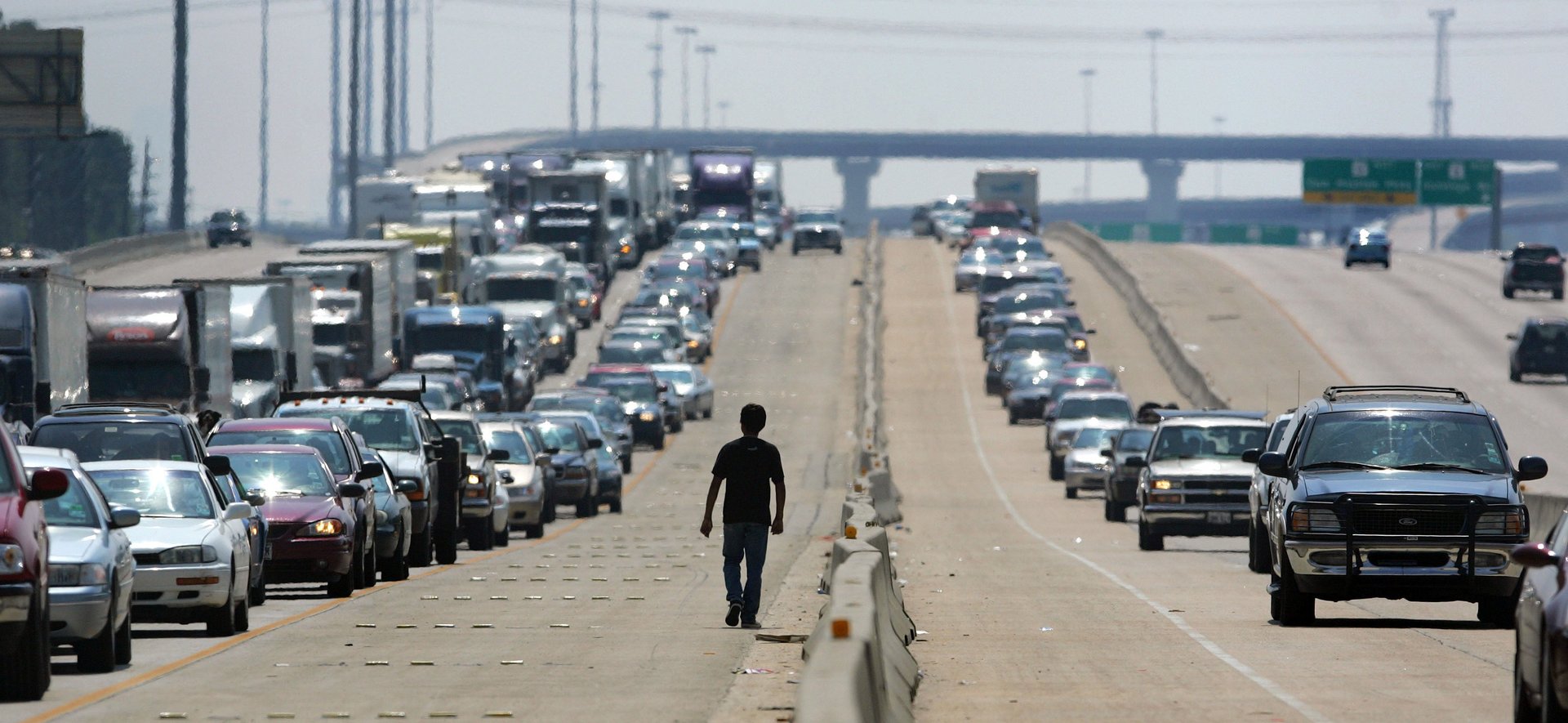

As Harvey continues to drop more water on Houston, many are left wondering: Why didn’t the city evacuate?
One way to answer the question is to say what Houston mayor Sylvester Turner said in a press conference: “You literally cannot put 6.5 million people on the road. If you think the situation right now is bad, you give an order to evacuate, you are creating a nightmare.”
This isn’t easy to digest, especially as thousands still are calling in to be rescued.
So another way to answer the question would be to consider what happened when Houston did attempt an evacuation. It was Sept. 22, 2005 and Houstonians were bracing for Hurricane Rita, which was expected to be a category 5 at the time of landfall.
Hurricane Katrina had caused devastation in the US just weeks before, and Houstonians were naturally scared. As they began to fill their cars with bare essentials and take to the road, they were met with unprecedented gridlock on highways. Without a master plan, as some 2.5 million scrambled to leave, here’s what the Houston Chronicle recalls:
In the Houston area, the muddled flight from the city killed almost as many people as Rita did. An estimated 2.5 million people hit the road ahead of the storm’s arrival, creating some of the most insane gridlock in US history. More than 100 evacuees died in the exodus. Drivers waited in traffic for 20-plus hours, and heat stroke impaired or killed dozens. Fights broke out on the highway. A bus carrying nursing home evacuees caught fire, and 24 died.
Take a look at images from 2005:
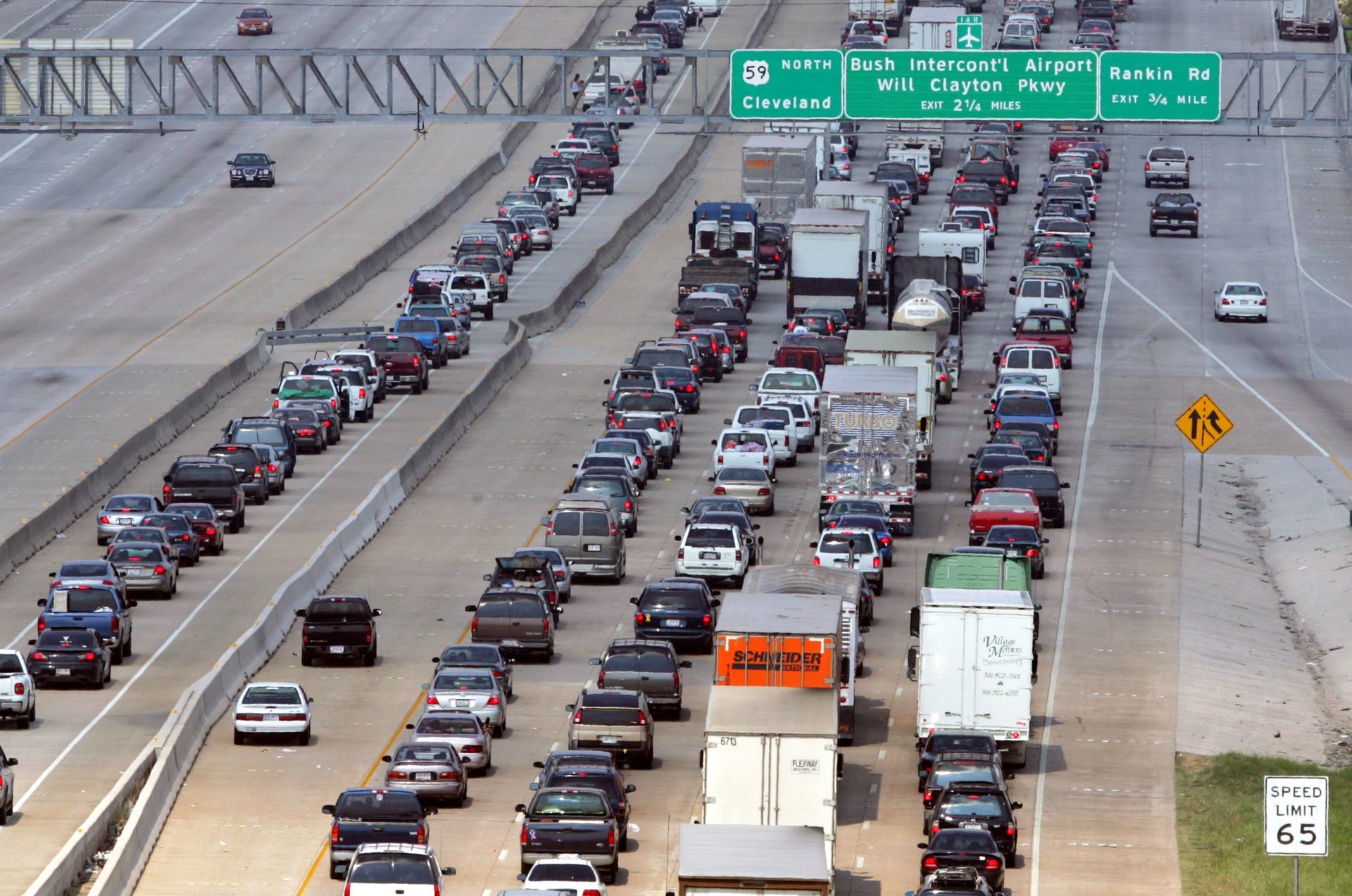
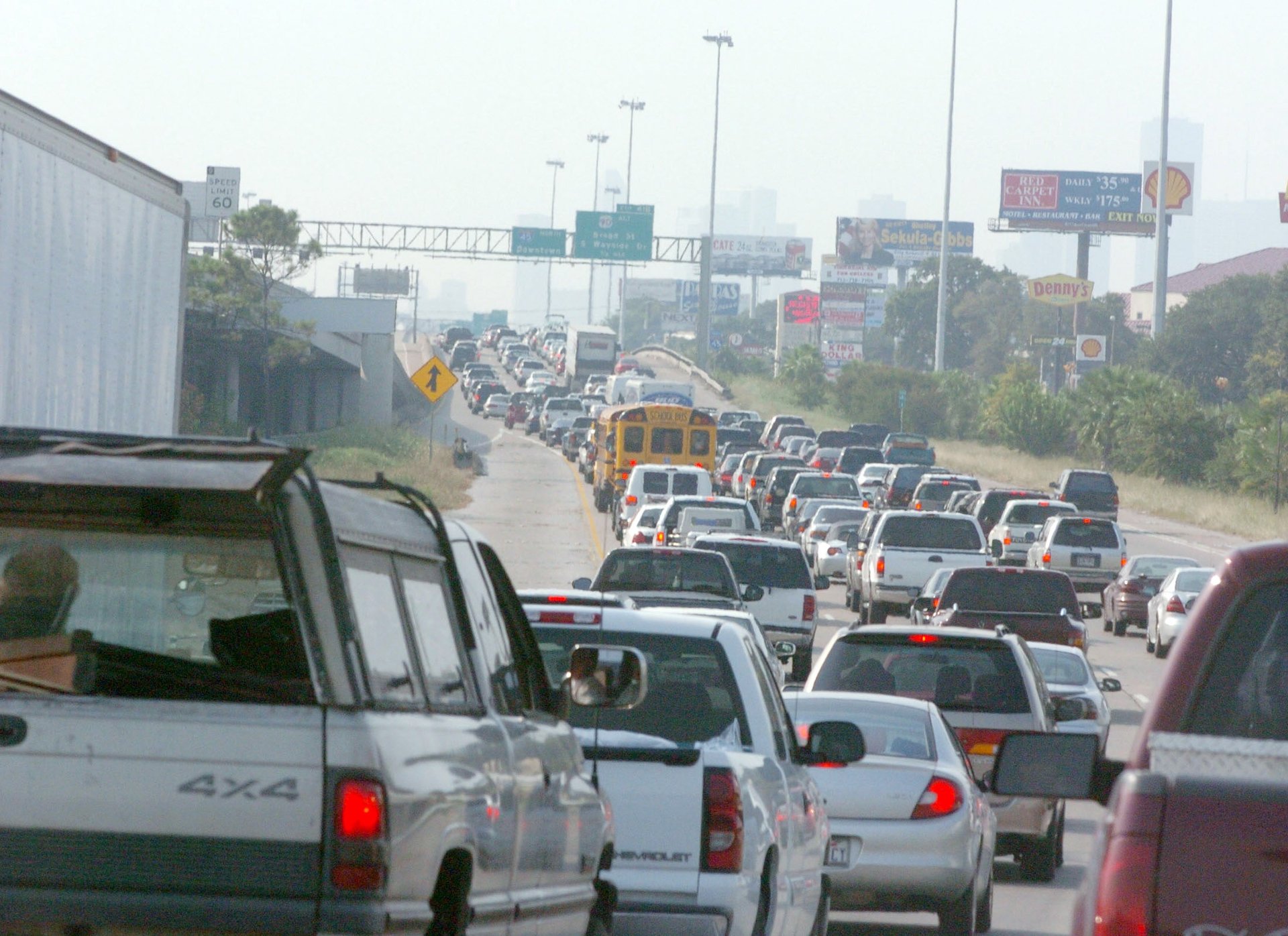
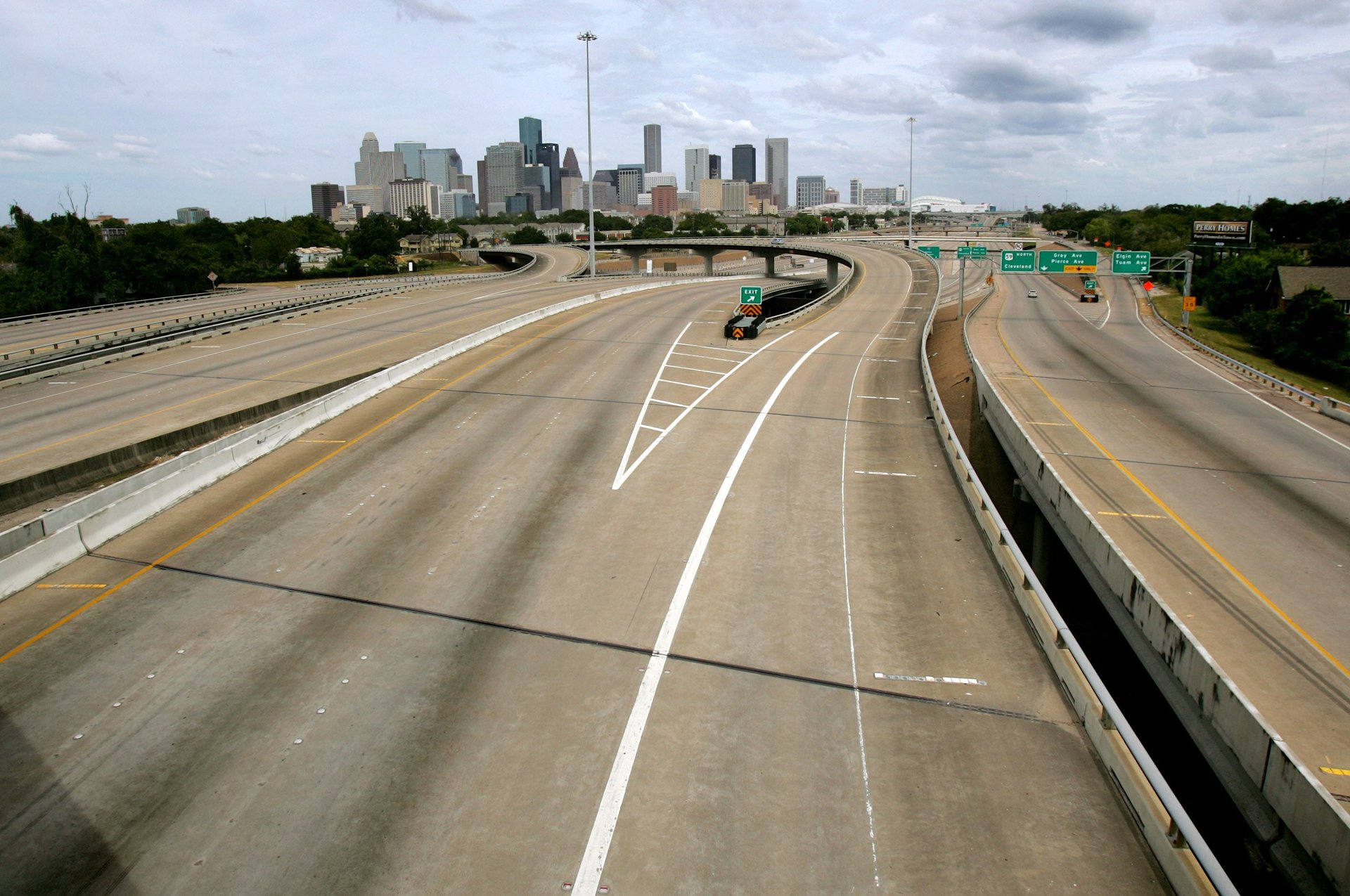
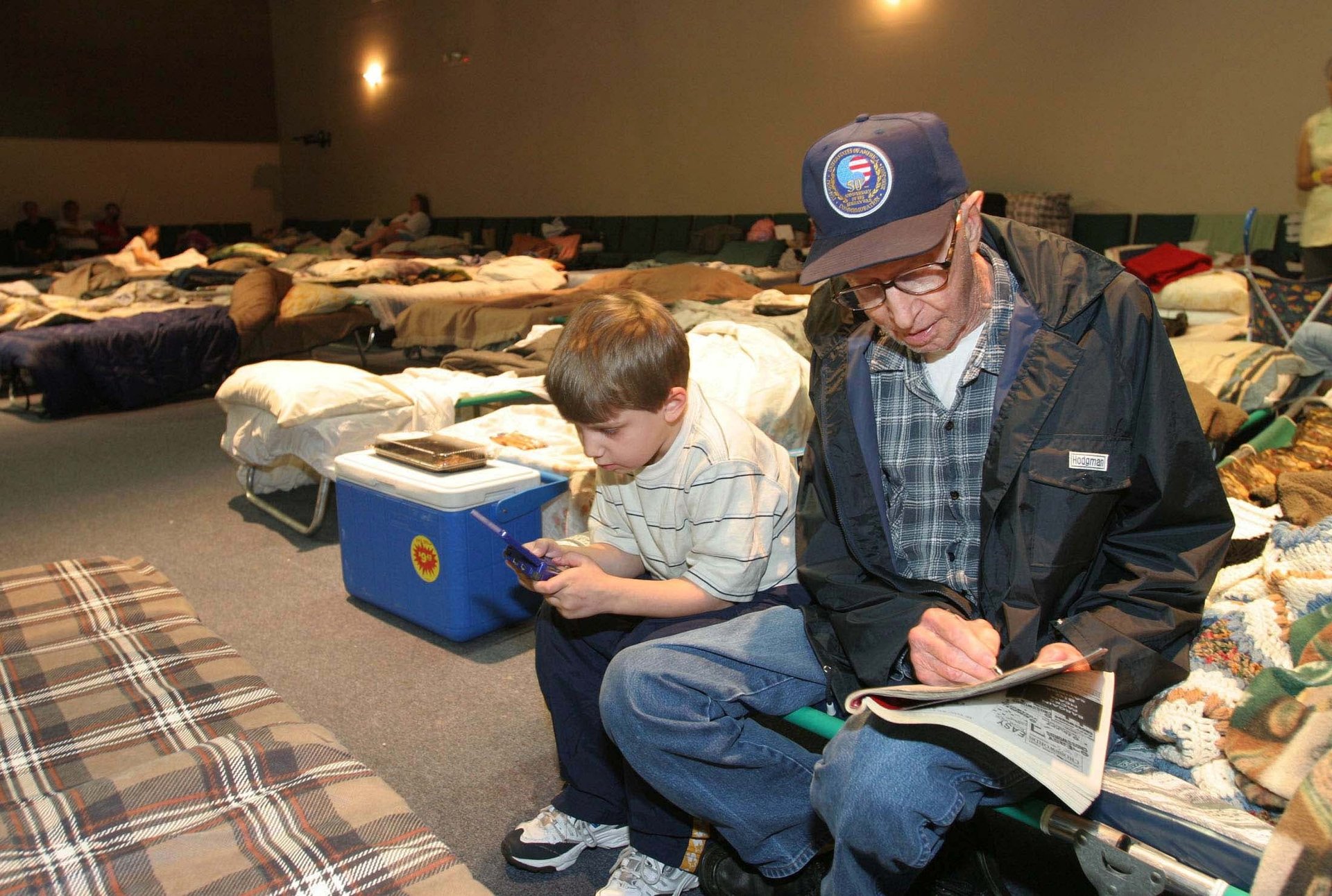
Rita’s predicted troubles never came. The storm weakened to a category 3 by the time it made landfall. Though it caused damage of $12 billion, it was nowhere close to the $100 billion of Katrina.
Houston’s failed 2005 evacuation, the largest attempted in US history and the largest anywhere in the 21st century, shows that without enough time and a lot of planning, evacuating a modern city is not easy. In fact, even the Katrina-inspired evacuation of New Orleans, which had a population less than one-tenth of Houston, was largely considered a failure.